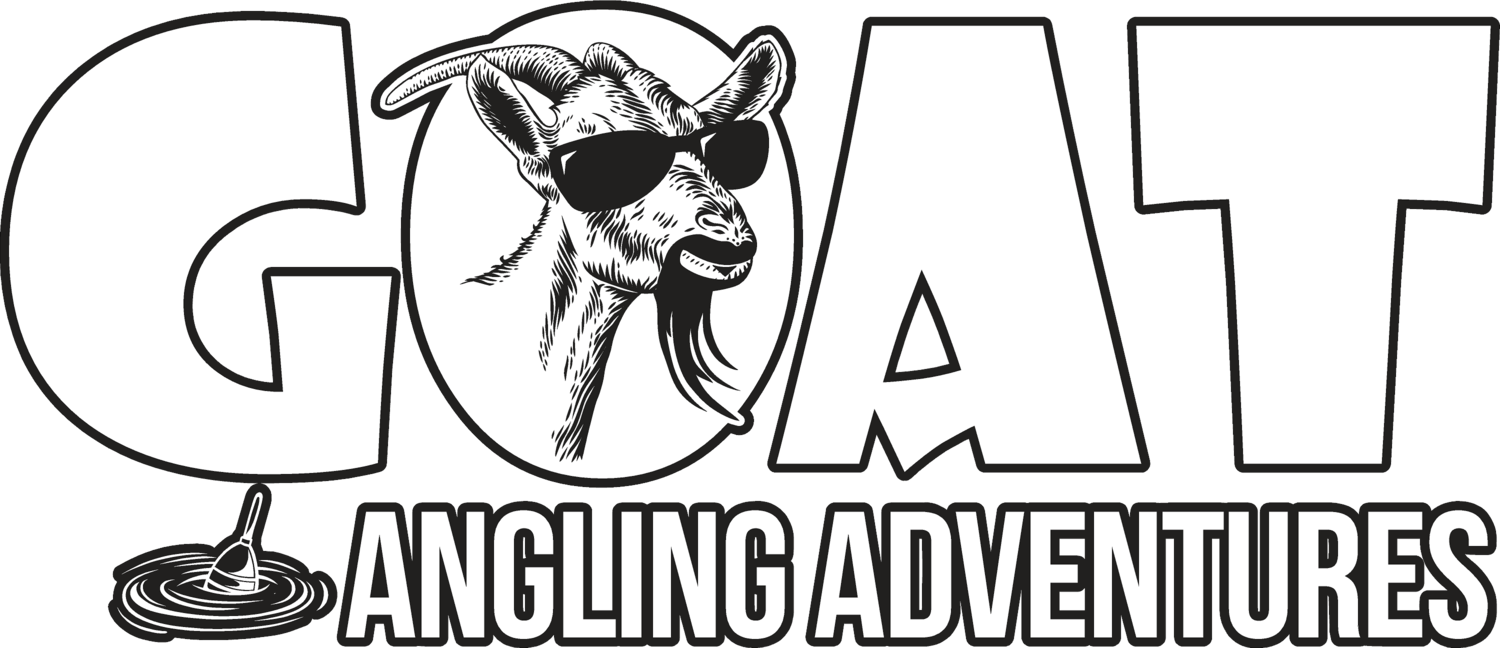
Fishing Charter + Guide Buckhorn Lake
About Buckhorn Lake
Buckhorn Lake is located in South Central Ontario in the Kawartha Lakes region in the townships of Trent Lakes, Selwyn, and Peterborough. The lake is connected to Pigeon Lake to the West, Chemong Lake to the South, and Lower Buckhorn Lake to the East. Buckhorn Lake is also connected to the Trent-Severn Waterway with a liftlock and dam located in the town of Buckhorn. Buckhorn Lake is approximately 46 feet deep and supports a great fishery for Large and Smallmouth Bass, Walleye, Muskie, and Panfish. Follow along with our fishing guide of Buckhorn Lake where we’ll take you through where and how to find and catch these popular species of fish.
Where to Find Different Species of Fish on Buckhorn Lake
Buckhorn Lake tends to be a harder lake to fish and navigate with sections that are clearly marked with red and green navigation bouys. Luckily those markers also mark a great fishing structure. The numerous rocky points, rock shoals, and shallow weedy shorelines make Buckhorn Lake great for bass and muskie fishing. largemouth bass can be found anywhere you find vegetation in Buckhorn Lake and there is no shortage of options. Start shallow in about a foot of water in back bays around docks, lily pads and bullrushes, and work your way out to deep water to dunk the thick milfoil beds in eight to 10 feet of water. If you intercept a few bass at a specific depth, continue fishing at that depth to locate more. When thinking of smallmouth bass, it pays to think of rocks. If you add weeds and current together with those rocks, you potentially have a trophy smallmouth spot. Again, remember to start shallow and work your way deeper with bass. Buckhorn Lake is a great lake for its quantity of muskie but quality also lurks in those cool clear waters. Weed flats, weed edges, mid lake shoals and rocky points are all classic spots to look when searching for muskie. When fishing for walleye, look for weed edges that are not far from wind-blown or water flow-related current. Walleye spawn on the down current side of rocky wind-blown points and shoals, and just after their spawn, they position around weed edges looking for an easy meal. When fishing for Panfish, from May until late June, the shallows is where all the action is. Once the summer is in full effect, panfish abandon the shallows and head for the main lake. In the summer, look for some sort of underwater structure like a shoal or underwater point to focus your attention.
How to Catch Different Species of Fish on Buckhorn Lake
When trying to catch largemouth bass, start with fast moving baits like spinner baits, crank baits or chatter baits to locate active fish, and slow down once you have a couple of fish located. A good slow down lure to use is a 1/2-ounce Jackall Spade Jig or a 5-inch stick worm rigged weedless with a 1/8-ounce bullet weight. Use appropriate strength rods, reels, line and hooks for largemouth bass. They are found in the thickest of cover and you will need extremely strong equipment to get them out. Smallmouth bass can be found in shallow points and shoals with a Rebel Pop-R topwater popper or a shallow running crank bait until you locate a school of smallies. Once a school has been located, slow down with a 3- to 4-inch tube or a 4-inch stick worm rigged wacky. All those homemade markers made of bleach jugs that are warning boaters of underwater rocks are like a signpost for potential smallie locations. Casting or trolling are both good strategies to try to find muskie on Buckhorn Lake. If you are trolling and never hit bottom or snag weeds, then you need to move closer to the cover. Inline bucktail spinner baits are a good lure but large muskie-sized crank baits and jerk baits are also good. If a muskie follows your retrieve, keep the lure moving beside the boat by making a figure eight in the water. If that still doesn’t entice a strike, revisit that spot later in the day or weekend. Try casting a 3/8-ounce bucktail jig or a 1/4-ounce ball-head jig tipped with a Mr. Twister plastic grub along weed edges to catch walleye. Once summer is in full effect, a deep diving crank bait cast or trolled over rocky shoals or underwater rocky points is a great strategy to land a few walleye. A good tip is always make sure you are making bottom contact. Walleye like to hug the bottom and you need all your lure presentations to be right in front of their face. A 1/16-ounce micro-tube jig under a light float is all you need for non-stop panfish action. Drop shotting a small jig tipped with a small artificial worm in 15 to 20 feet of water is a great way to catch some feisty panfish. Even though panfish move off shore in the heat of the summer, keep your ears alert and eyes open. If you see baitfish activity on the surface, that same jig and float combo you use in the spring will work wonders on mid-summer bluegills suspended over deep water.
If you’re looking for great fishing, with a variety of species to fish from but aren’t familiar with the area, book one of our fishing charters with one of our experienced fishing guides! We offer a variety of fishing guides and fishing charters on Buckhorn Lake to suit your experience level and expectations. Our friendly and knowledgeable fishing guides will make your fishing charter of Buckhorn Lake a fun, educational and memorable experience!
